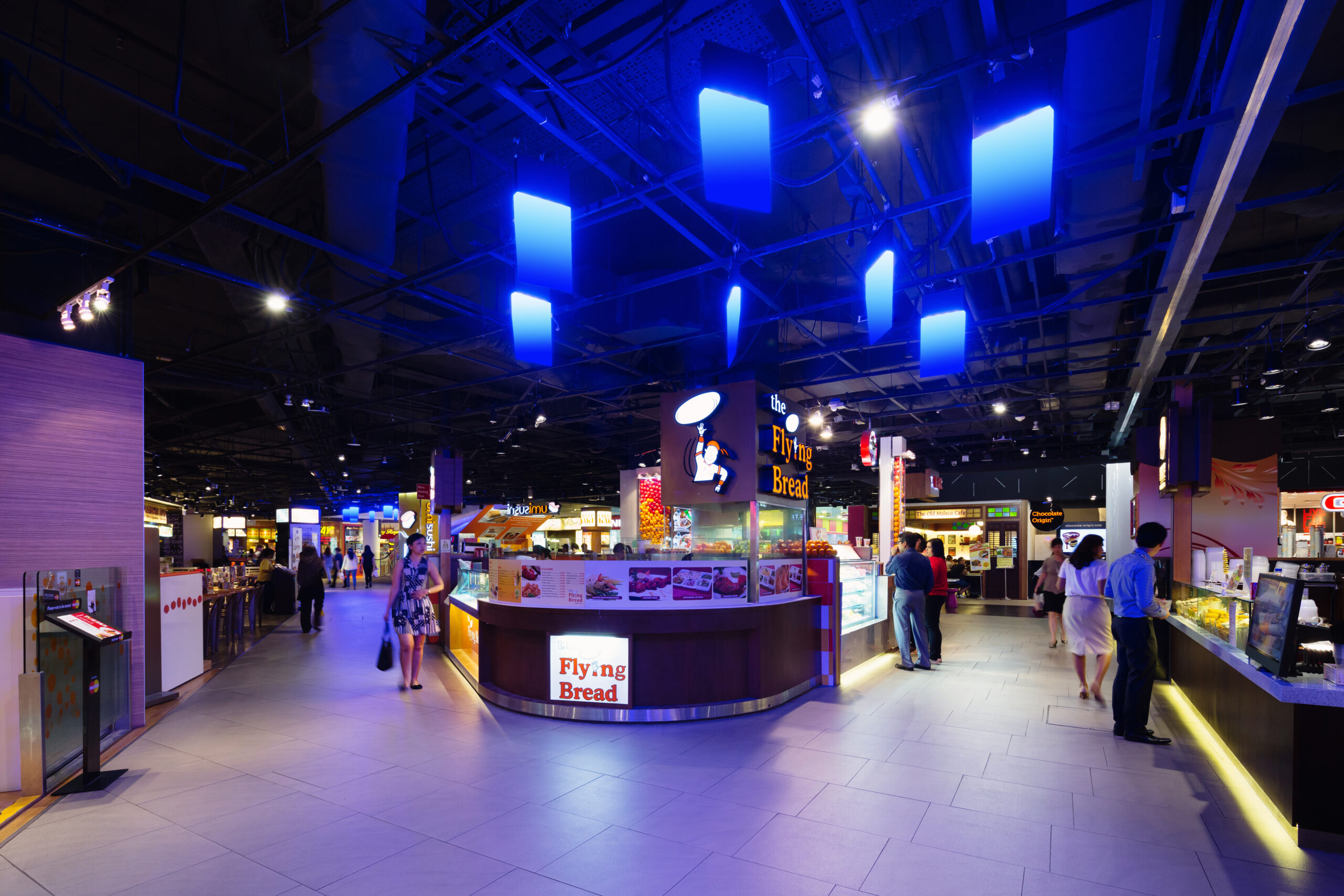A senior architect made a compelling observation during a debate on cinema versus architecture that I found particularly insightful. As we discussed Le Corbusier’s Villa Savoye, he stated, “The use of continous windows transforms the way we experience the landscape; it presents a endless view. Additionally, they resemble a film reel, with each window serving as a frame.” His point was spot on and truly highlighted. The architectural relationship with movies is an intimate one.
The interplay between cinema and architecture is a fascinating exploration of how visual storytelling can shape the built environment. Movies hold the power to profoundly influence architectural thought, guiding architects in their quest to conceptualize and design immersive spaces. Here are some key ways in which the magic of film can infuse architectural thinking and practice:
1. Narrative Structure
– Scene Sequencing: Just as a film unfolds scene by scene, architects can envision spaces as a flow of experiences that invite exploration. This narrative approach allows designers to craft a journey through the space, engaging users at varying emotional levels and eliciting a profound and dynamic interaction with the architecture.
– User Engagement: By methodically considering how users will navigate through a space, architects can create environments that not only surprise and delight but also soothe and evoke specific emotions, mirroring the effect of a masterfully crafted film scene.
2. Emotional Impact
– Sensory Experience: Films evoke multiple senses—combining visuals with sound, and even hinting at scents through storytelling. Architects can harness this multisensory engagement by carefully selecting materials, textures, and acoustics that collectively create an immersive sensation, resonating deeply with those who inhabit the space.
– Atmospheric Design: Just as lighting and composition set the mood in films, architects can draw inspiration to manipulate light and shadow in their designs. This thoughtful orchestration can evoke particular feelings and atmospheres, transforming a physical space into an emotional experience.
3. Contextual Awareness
– Landscape Integration: Films frequently showcase the relationship between structures and their environments, highlighting how they coexist harmoniously. Architects can take a cue from this by designing buildings that not only complement but enhance the natural setting, enriching the narrative that the site tells.
– Cultural Reflection: Movies often serve as mirrors of cultural narratives and values, providing architects with a rich tapestry to draw upon. By integrating these reflections into their designs, architects can create spaces that resonate with and honor the local community, weaving stories that connect deeply with their inhabitants.
4. Innovative Concepts
– Futuristic Visions: Sci-fi films are particularly renowned for their imaginative portrayals of architectural forms that defy conventional design norms. This genre can inspire architects to push boundaries, encouraging the exploration of new materials and innovative technologies that expand the horizons of what is possible in architecture.
– Historical Reference: Period films offer a vivid illustration of historical architectural styles, serving as a valuable resource for architects. They can glean visual cues that enable them to understand and reinterpret these styles within contemporary contexts, bridging the gap between past and present.
Conclusion
In my own design philosophy, I approach the creative process with an unconventional mindset—I rarely begin with a detailed plan. While this might seem controversial, even blasphemous to some seasoned architects, I find freedom in spontaneity. Instead, I embrace the act of sketching a storyboard. I envision myself stepping onto the site, fueled by curiosity, taking in the nuances, the textures, and the light. My goal is to craft designs that resonate like a film under the guidance of a director—inviting users not only to observe but to fully immerse themselves, living the experience rather than merely hearing the story.
Cover image: a view of the food court on basement level 1 at 313 Somerset Shopping Mall in Singapore. My design was inspired by the atmosphere of the Blade Runner movie (Ridley Scott, 1982).

